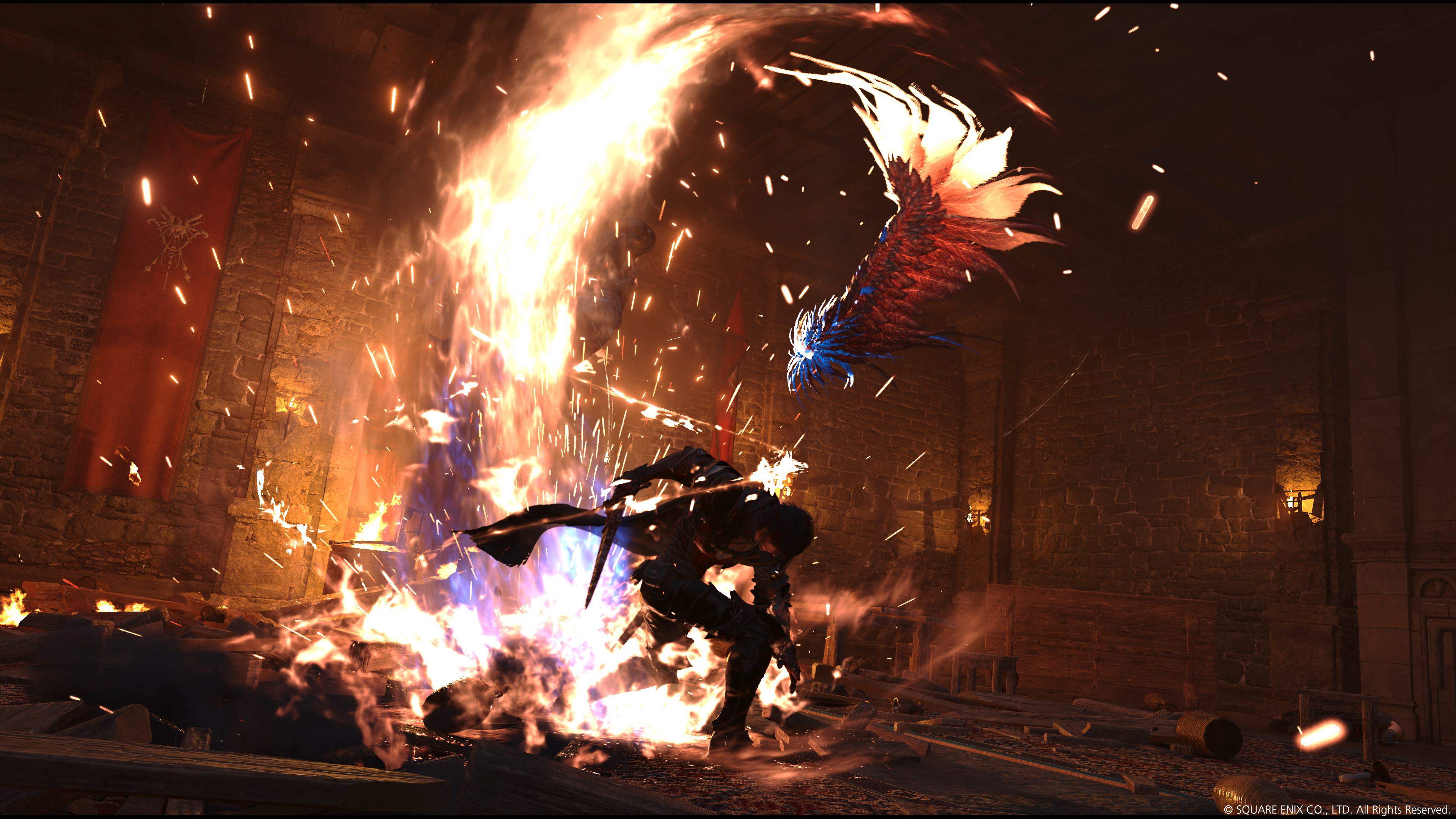
For decades, Final Fantasy games have held gamers spellbound due to their deep narratives, endearing characters, and occasionally puzzling translation choices. Recently, fans have been discussing a specific scene from the Pixel Remaster edition featuring Celes, one of the series’ most renowned characters, and how it differs significantly from its original version. The scene where Celes is introduced was once known for its powerful impact, but has now sparked intense debate among fans. Some wonder why this wasn’t updated in this latest remaster, given the sensitivity of the original content and today’s modern standards.
Summary
- The Celes intro scene’s shift from dark violence to lightheartedness is under scrutiny.
- Ratings boards like CERO have strict regulations regarding sensitive content.
- Fans express mixed feelings about the changes, wishing for a more impactful representation.
The Dramatic Shift in Context
In the original version, Celes’ introduction is unmistakably ominous, depicting her as bruised and battered after a violent altercation, establishing a chilling yet potent tone for her character development. However, in the updated Pixel Remaster, she’s shown stumbling instead of being visibly injured from a fight. Some fans jokingly remarked that it appears she’s merely been offended rather than physically attacked. This change seems to soften what was once a tense moment of conflict, and some viewers feel it weakens her struggle and the gritty ambiance that is characteristic of many Final Fantasy storylines.
Why Ratings Matter More Than Smash Cuts
User AmicoPrime discussed the complexities of rating systems, highlighting the controversial stance of CERO, Japan’s video game classification board. While they allow graphic depictions of war and destruction, they are particularly strict when it comes to content showing violence against women. Even minor details like domestic violence or torture can lead to stricter ratings. This contradiction has left many gamers puzzled. “It’s odd that mass killings and other war crimes are acceptable,” the user noted, while a seemingly mild violent scene could result in a more severe rating. It’s important to remember that these rating systems aren’t just about shielding children from inappropriate content; they can also significantly influence what game developers decide to include or omit in their games to prevent limiting their market reach. In an industry where every sale matters, it’s understandable that some decisions are made with caution. However, this doesn’t always sit well with the fanbase who want to experience compelling narratives.
Was It Really ‘Broken’?
According to user KerspIosion, many viewers believe the scene wasn’t truly “broken,” but instead modified to meet modern age rating standards that didn’t exist when it was originally created. This highlights a larger issue: studios often struggle to balance nostalgia with potential criticism from contemporary audiences when they remake or update titles. The challenge is that while nostalgia plays a significant role in gaming fandom, catering to new fans might require changes that the original creators may not endorse. In this specific instance, the desire for a broader release seems to have led to alterations that long-time fans find disappointing and even comical compared to the original intensity. The revised version leaves players yearning for the past while also leaving them puzzled by the seeming absurdity of the changes.
A Wish for Stronger Translation
Beyond debates about content modifications, some enthusiasts are expressing concerns over insufficient translations. The ReferenceObject pointed out a desire for Celes’ leap to be more powerfully translated, suggesting that the language used even in critical scenes can leave much room for improvement. It’s as if a magnificent dish is served at a high-end restaurant, only for it to be carelessly plated and served again with a distorted appearance. Fans believe that the subtleties and emotional depth of the characters’ experiences should be accurately reflected in translations, but with the ongoing changes, there’s a growing unease that the emotional core might drift even further from players’ understanding. This inconsistency in portrayal and dialogue can lead to a disconnect between the remake and its original origins, causing long-time fans to ponder: where’s the impact that initially drew us to these characters?
As a dedicated fan of Final Fantasy, I’ve been caught in the middle of some heated debates about the remastering and localization practices. To me, these games aren’t just items purchased; they’re beloved tales that strike a chord deep within those who experience them. The concerns over content alterations and miscommunications among translators have sparked intense discussions among us fans. In this sea of artistic authenticity versus marketability, I can’t help but ponder: how far will the developers go to satisfy their audience—at what cost?
Read More
- Lucky Offense Tier List & Reroll Guide
- Indonesian Horror Smash ‘Pabrik Gula’ Haunts Local Box Office With $7 Million Haul Ahead of U.S. Release
- Best Crosshair Codes for Fragpunk
- Ultimate AI Limit Beginner’s Guide [Best Stats, Gear, Weapons & More]
- League of Legends: The Spirit Blossom 2025 Splash Arts Unearthed and Unplugged!
- ‘Severance’ Renewed for Season 3 at Apple TV+
- Unlock All Avinoleum Treasure Spots in Wuthering Waves!
- How To Find And Solve Every Overflowing Palette Puzzle In Avinoleum Of WuWa
- Ultimate Half Sword Beginners Guide
- Unlocking Expedition Anchor Locks: Tips for Pacific Drive Players
2025-03-03 15:00